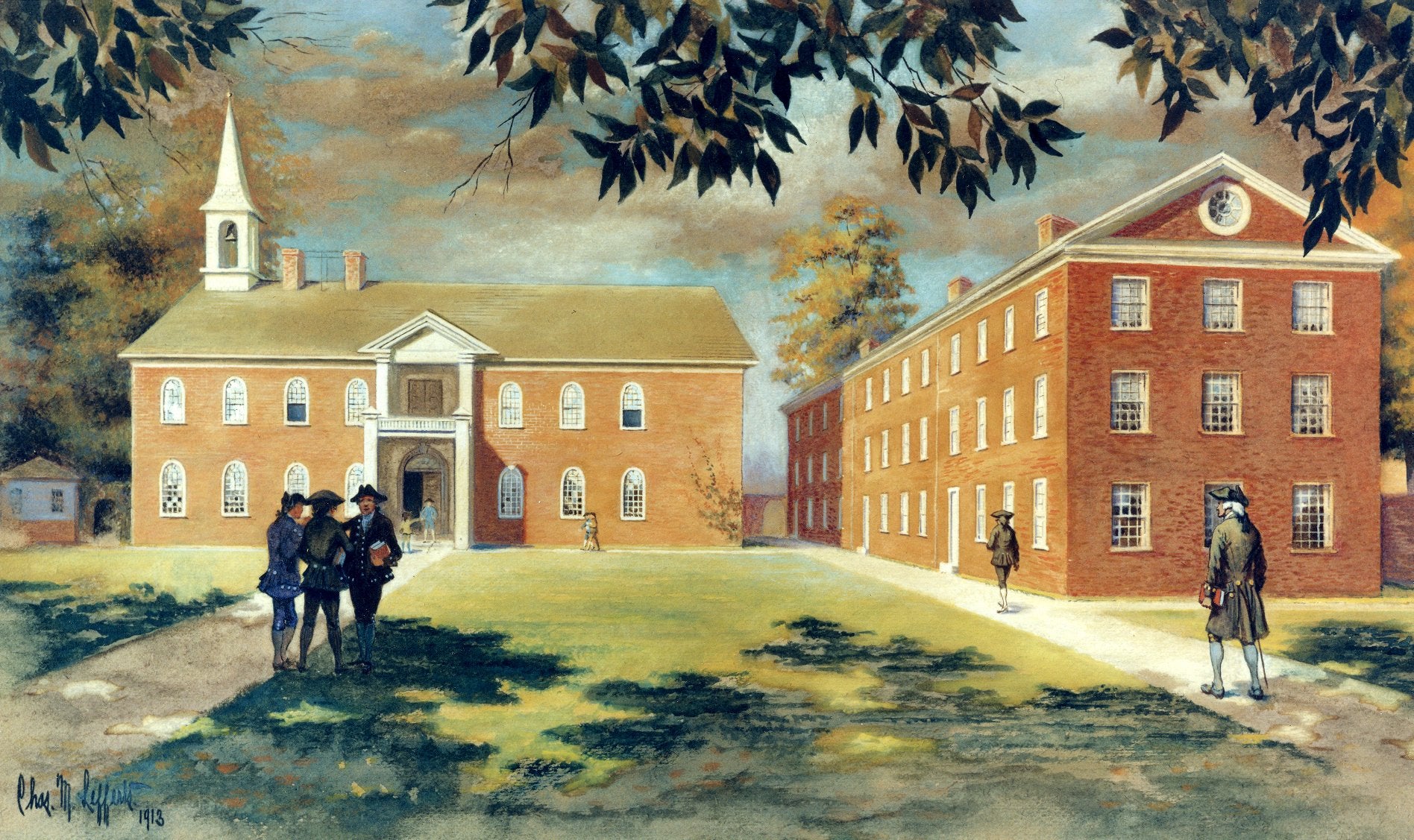Irish-born Philip Syng was the son of Philip Syng, a silversmith. In 1714 he and his father emigrated to America. In 1726, after a successful apprenticeship in Philadelphia and a trip to England, Philip established himself as a silversmith in Philadelphia. In 1730 he married Elizabeth Warner; together they had at least eighteen children.
Perhaps on his trip to England, and if not, soon thereafter, Syng met Benjamin Franklin. The two formed a friendship, leading to Syng’s inclusion in the Junto, Franklin’s group of political and intellectual civic leaders. As a result, Syng became a founder and officer of a number of early Philadelphia’s cultural institutions, including the Library Company, the Union Fire Company, Philadelphia Contributionship for the Insurance of Houses from Loss by Fire, Pennsylvania Hospital, and the American Philosophical Society. He was a founding trustee of the Academy and College of Philadelphia (now the University of Pennsylvania), serving from 1749 to 1773. Syng was also elected to various public offices including city assessor, warden of the port, and treasurer of the city and county of Philadelphia.
Syng was renowned as a silversmith, creating the finest work for Philadelphia’s leading families. His most famous work was the inkstand he made for the Pennsylvania Assembly, which was then used by the signers of the Declaration of Independence and the U.S. Constitution. He provided seals for the Library Company, the Union Fire Company, the Philadelphia Contributionship, and for various surveyors and Pennsylvania counties. His shop produced not only silver bowls, tankards, teapots, and trays but also gold belt buckles, buttons, and teaspoons.
Although a silversmith by trade, Syng was interested in medicine and science. As a result, he successfully inoculated a child against smallpox in 1734. Also, in the company of Benjamin Franklin, Ebenezer Kinnersley, and Thomas Hopkinson, Syng carried out a number of experiments with electricity. In his role as scientist, Syng earned Franklin’s praise as his “worthy and ingenious friend.”
During the early stages of the American-British conflict, Syng signed the Philadelphia Non-Importation agreement in 1765. An elderly man by the time of the American Revolution, he did no more than take the oath of allegiance on February 17, 1779. During the British occupation of Philadelphia, he removed to his farm ten miles west of the city, in what is now Ardmore. At the time of his death in 1789, Syng was buried by Christ Church, of which he had been a longtime vestryman.

